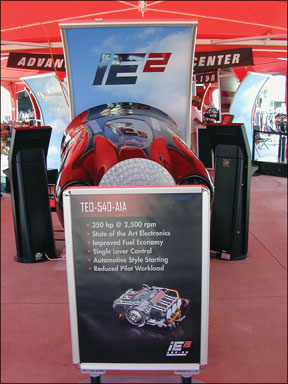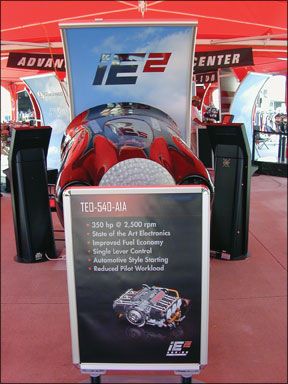Tri-Pacer Comeback
A friend lent me his August issue of Aviation Consumer because he knew Id enjoy reading your article on Tri-Pacers. Actually, I own a 1962 Colt, pretty much stock, although it was recovered for the second time five years ago.
The previous recover was in 1973, before I owned it. With fabric still airworthy, my concern, as you pointed out, was what lay beneath it. We actually found very little structural rust and corrosion, so the restoration was a picnic and I enjoy flying it once again.

Two things pop out in your article. First is the disparity in the current price range for airworthy Tri-Pacers, which your article stated as between $15,000 and $20,000. Ive been seeing prices between $25,000 and $30,000-plus. A little more research might be in order.
Second is the phone number to contact Eleanor Mills, membership officer of the Short Wing Piper Club, who has recently moved to Springfield, Missouri. The number is now 417-883-1457 or e-mail [email protected]. I heartily recommend the group. Their bimonthly news magazine alone is worth the price of admission.
Lew Porter
Towson, Maryland
Lycomings FADEC
Lycoming has unveiled a new “TEO” engine with contemporary engine controls-systems comparable to what even the cheapest cars have had for decades.
Only problem is, to get one, you have to buy a new engine and recertify your aircraft. Lycoming has said they will not make the system available as a retrofit to existing engines. There is no discernable technical reason for such a decision. There is no component of their system that could not be made retrofittable, even if one had to go the extent of removing the accessory drive case and replacing it with a new one incorporating the various sensors and systems. The injectors can go in the primer ports and knock sensors can be placed on the cylinders. What we need in this era of expensive fuel is a fully retrofitable FADEC providing lean-of-peak operation. To use my O-360 as an example, there could reasonably be a reduction of at least one gallon per hour, with a small power increase. (When Ford first replaced the carburetor with fuel injection on the 351 engine, there was an immediate increase of 40 foot-pounds of torque with no other changes. Torque converts directly to thrust in an aircraft.)
One gallon per hour saves several dollars. To make such a system viable, it must be reasonably priced, providing a reasonable payback-no more than 500 hours. There is no technical reason that such a system should not be available. All the major components are produced in huge numbers for cars.
Reliability is not an issue since the average car runs for extremely long periods without maintenance or inspection. Aircraft will require dual redundancy, but this is easily achievable. The certifying agencies will have to be willing to work reasonably towards STCs. There are tens of thousands of existing engines in use- the market is enormous. Who will step up?
Brian Hope
Via e-mail
AV8OR Wants
Thanks for your review of the Bendix/King AV8OR. I purchased one, along with the discounted WXWorx Bluetooth weather receiver, in August. Normally Im not an early adopter, but I had been looking for over a year for a relatively inexpensive way to bring weather into the cockpit of my 1978 Cessna Cardinal 177B. Naturally, I considered a Garmin 396/496, along with others, but decided that the Garmins were too expensive and I didnt want a Windows-based PDA. Taking the plunge on the AV8OR seemed reasonable because it offered the functions I needed for weather, provided a GPS backup for my panel-mounted Garmin 530W and had dual Bluetooth capability. It was also sufficiently inexpensive that if it turned out to be a pig, I wouldnt have squandered my sons inheritance.
While its still early, Ive been very pleased with the operation of the AV8OR thus far. Ive mounted it on the pilots yoke without attaching the external GPS antenna and have had no problem with reception.
The WXWorx receiver is under a seat and is hardwired to the main electrical buss with the power wire hidden under the carpet. The XM antenna head is mounted at the top of the windshield and its line to the receiver is also hidden beneath the carpet. In short, the only wire visible is the power line from the AV8OR to the accessory outlet on the pedestal.
I would like to see two enhancements: (1) you should be able to program the unit to automatically search for a Bluetooth connection when the AV8OR is turned on-presently you have to go through several screens/pages just to get it to recognize the weather receiver and (2) hopefully Zaon will add Bluetooth capability to its XRX traffic alerter and then the second Bluetooth channel in the AV8OR could be utilized for displaying conflicting traffic.
Woody Beck
Athens, Georgia





